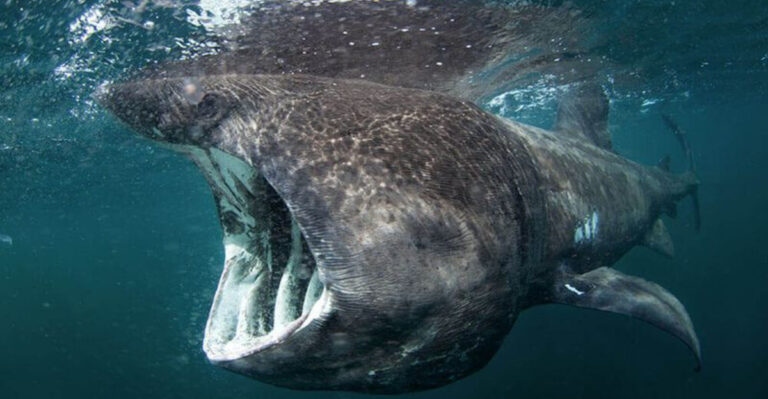How Hummingbirds Pull Off One Of Nature’s Most Amazing Journeys
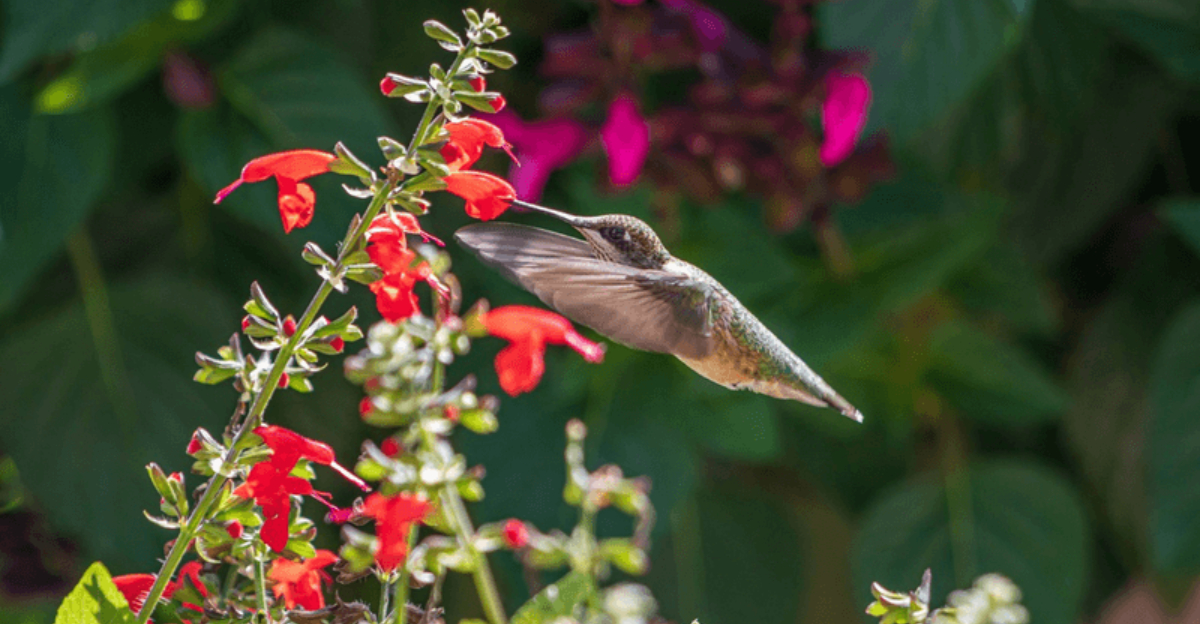
Tiny but mighty, hummingbirds accomplish one of nature’s most incredible feats when they migrate each year. These jewel-like birds, weighing less than a nickel, travel thousands of miles between their summer breeding grounds and winter homes.
Their epic journeys push the limits of what seems physically possible for creatures so small, showcasing remarkable adaptations that have evolved over millions of years.
1. Why Hummingbirds Migrate At All
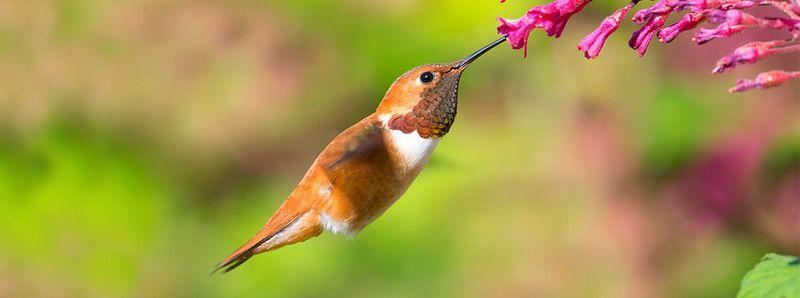
Survival drives these tiny travelers to undertake their epic journeys. Most North American hummingbirds can’t handle freezing temperatures or find enough food during winter months.
As flowers disappear and insects become scarce, these high-energy birds must seek warmer climates where nectar sources remain abundant. Their metabolisms are so fast that staying put would mean certain death, making migration not just advantageous but absolutely necessary.
2. The Astonishing Distance They Cover
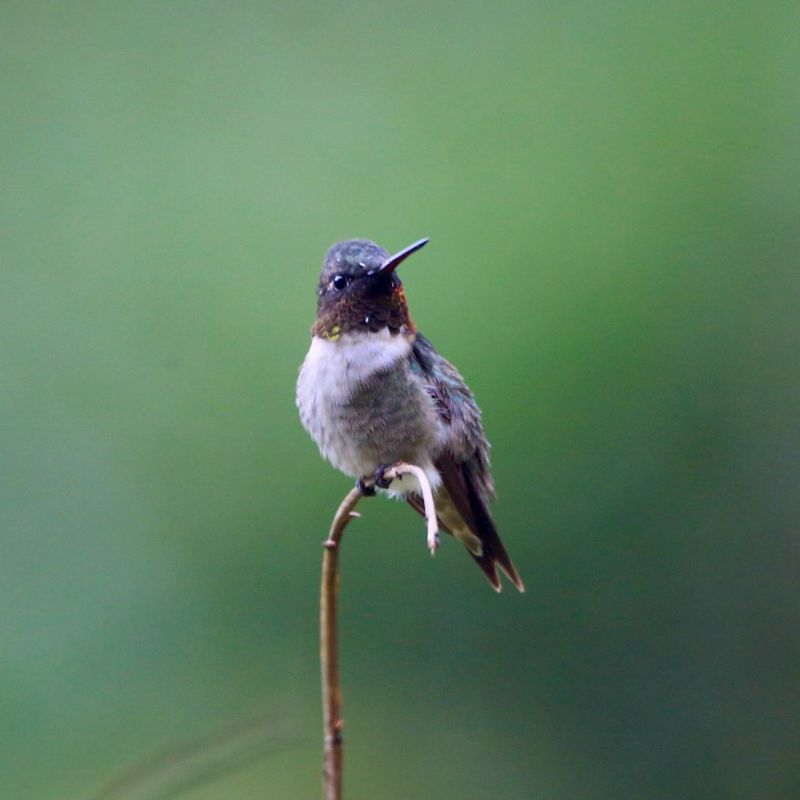
Ruby-throated hummingbirds perform a feat that seems impossible. These tiny birds, weighing about as much as a penny, fly nonstop across the Gulf of Mexico—a journey spanning 500 miles over open water with nowhere to rest.
Some species travel more than 4,000 miles one-way between Alaska and Mexico. Proportionally, this would be like a human running thousands of consecutive marathons without stopping for real rest.
3. How They Prepare For the Journey
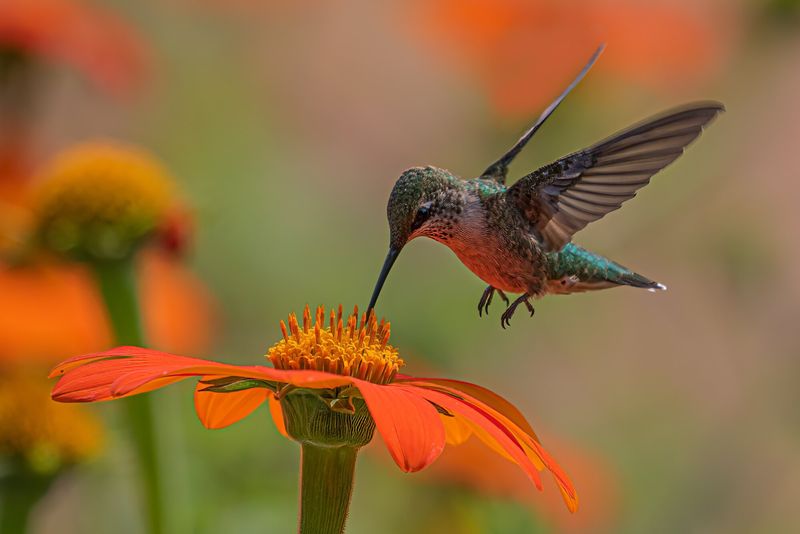
Before taking flight, these feathered athletes undergo an impressive transformation. Hummingbirds enter a feeding frenzy, visiting thousands of flowers daily and doubling their body weight from fat reserves.
A bird normally weighing 3 grams can bulk up to 6 grams—imagine a 150-pound person suddenly weighing 300! Their bodies also adapt internally, growing larger hearts and flight muscles while shrinking digestive organs to reduce unnecessary weight.
4. Navigating Without A Map
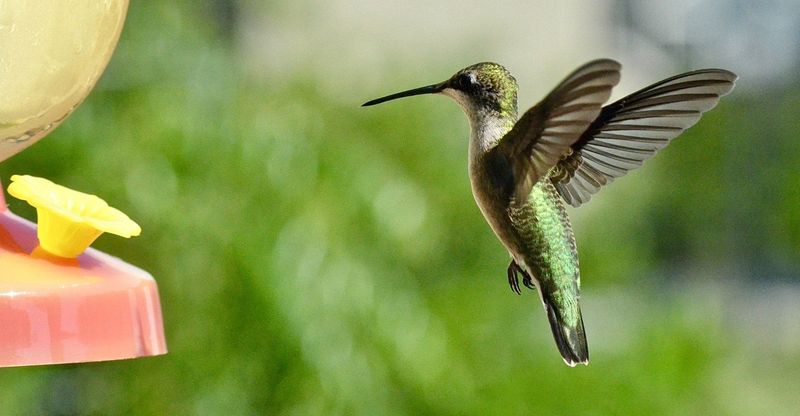
Hummingbirds possess built-in navigation systems more sophisticated than early human explorers. Their brains contain specialized cells that detect Earth’s magnetic field, essentially giving them a biological compass.
Visual landmarks like mountain ranges and coastlines serve as highways in the sky. Many can also track the sun’s position throughout the day. Most remarkably, they create mental maps of their routes, remembering specific feeding locations even after months away.
5. The Role Of Wind And Weather
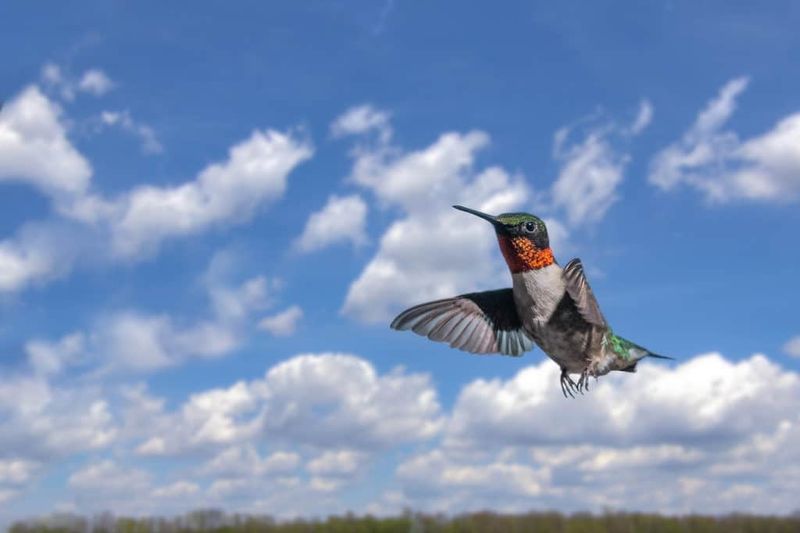
Smart travelers, hummingbirds monitor weather patterns before departing. They often wait for favorable tailwinds that can dramatically boost their flying efficiency and speed.
Storms pose deadly threats, with rain potentially soaking their feathers and cold fronts depleting crucial energy reserves. Climate change has begun disrupting these patterns, creating new challenges as flowering schedules shift and weather becomes less predictable for these precisely timed journeys.
6. Solo Flyers, Not Social Travelers
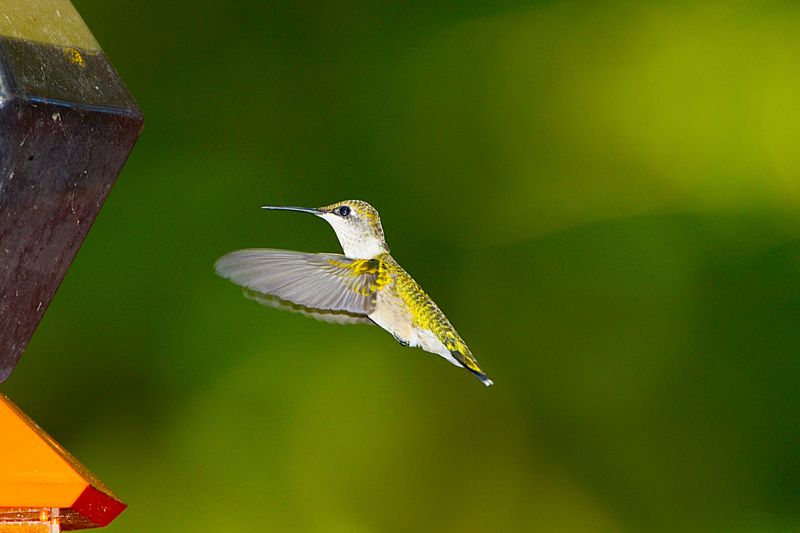
Unlike geese forming V-formations or starlings murmurating in massive groups, hummingbirds journey alone. Each bird follows its internal schedule, departing when its body signals readiness rather than waiting for companions.
Adult males typically leave first, followed by females and juveniles weeks later. This solitary strategy means young birds must navigate successfully on their very first migration with no experienced guides—relying purely on genetic programming to find wintering grounds they’ve never seen.
7. Species With The Longest Journeys
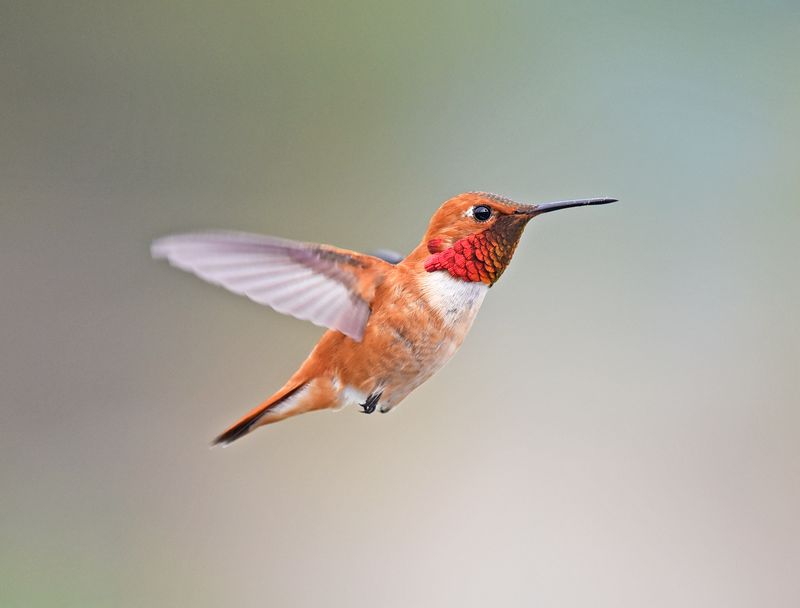
Rufous hummingbirds claim the title of most extreme migrators in the family. These copper-colored daredevils travel a circuitous route from Mexico to Alaska and back—covering nearly 4,000 miles each way.
Calliope hummingbirds, the smallest birds in North America, migrate from Central America to Canada. The Rubythroat completes its Gulf crossing in just 20 hours of continuous flight, burning through fat reserves so completely that many arrive at their destination near starvation.
8. Pit Stops Along The Way
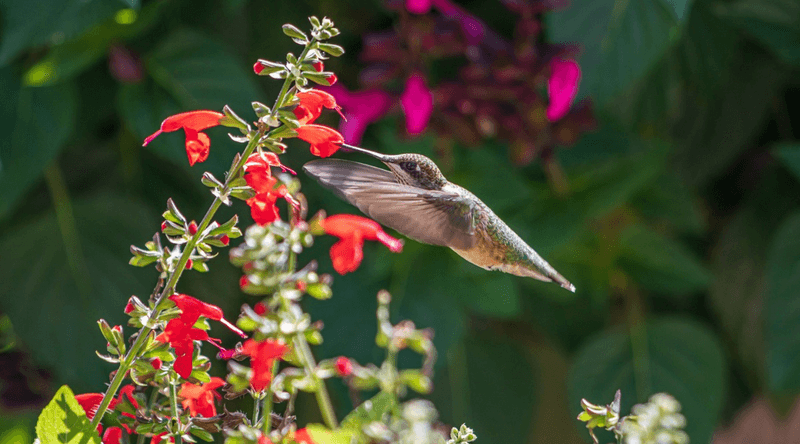
Flower corridors serve as vital refueling stations for migrating hummingbirds. These natural highways of blooming plants provide essential nectar to replace burned calories.
Coastal areas often become bustling hummingbird hotspots during migration seasons. Savvy gardeners in Texas and Louisiana plant trumpet vines and salvias, creating life-saving rest stops for Gulf-crossing birds. Some locations might host hundreds of hummingbirds simultaneously as waves of migrants pass through.
9. How Long Migration Takes
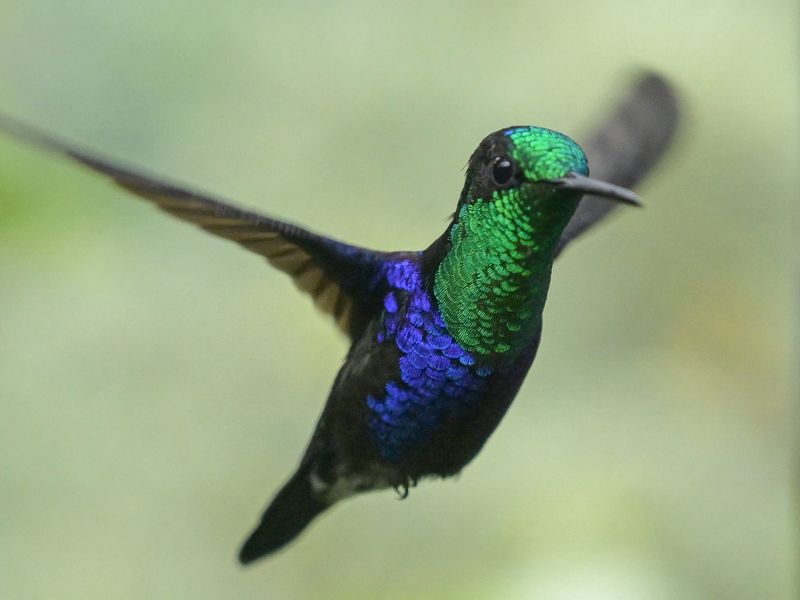
Migration isn’t a non-stop race but rather a measured journey with strategic pauses. Most hummingbirds travel 20-25 miles daily, though they’re capable of 500-mile sprints when necessary.
The complete journey often spans 2-3 weeks for northern species. Weather delays can extend this timeline significantly. Tracking studies show individuals often return to the exact same gardens year after year, arriving within days of their previous year’s schedule.
10. Hummingbird Highways In The Sky
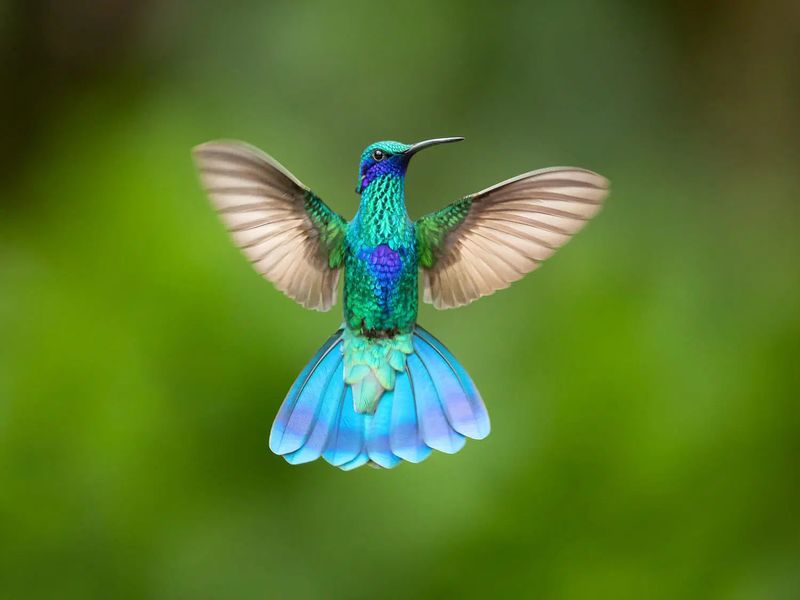
Invisible aerial corridors crisscross the Americas, formed by generations of hummingbirds following optimal routes. These sky highways often align with geographical features like mountain ranges, rivers, and coastlines.
The Central Flyway through Texas sees millions of ruby-throats passing through each spring and fall. Some routes have been used for thousands of years, with birds genetically programmed to follow paths their ancestors pioneered long before humans recorded their existence.
11. How You Can Help During Migration
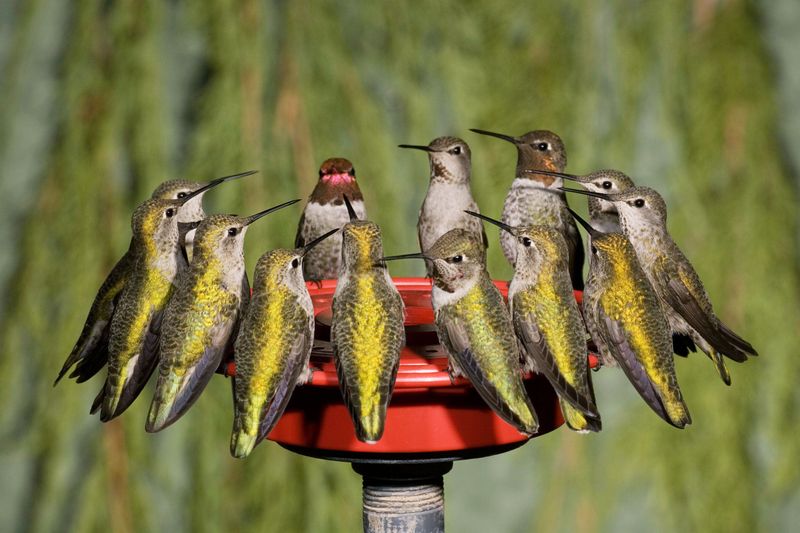
Backyard feeders become lifelines during migration seasons. Keeping them filled with fresh sugar water (1 part sugar to 4 parts water, no food coloring) provides crucial energy boosts.
Native flowering plants like salvia, bee balm, and trumpet vine offer natural nutrition. Leaving spider webs intact helps hummingbirds gather nesting material. Reducing window collisions by applying decals and keeping cats indoors prevents countless deaths during these vulnerable travel periods.
12. What Happens When They Arrive
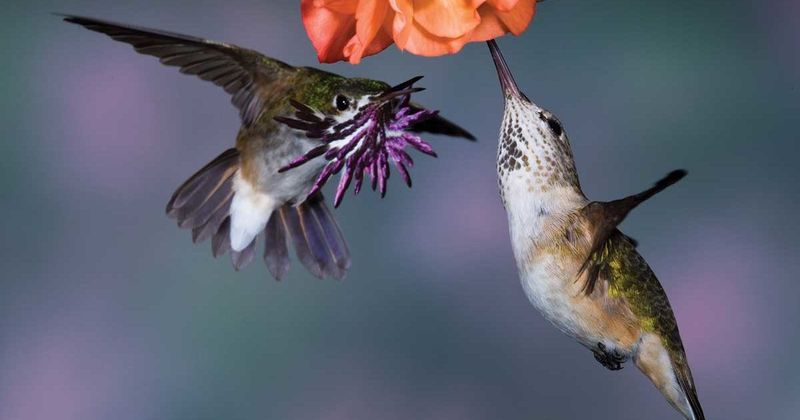
Males typically reach breeding grounds first, establishing territories before females arrive. Their spectacular courtship displays involve diving at speeds up to 60 mph, creating distinctive whistling sounds with their tail feathers.
Females build intricate nests using spider silk, plant down, and lichen. These elastic nests expand as chicks grow. Within three weeks of hatching, young hummingbirds must learn to fly and feed themselves, preparing for their own migration just months after birth.






